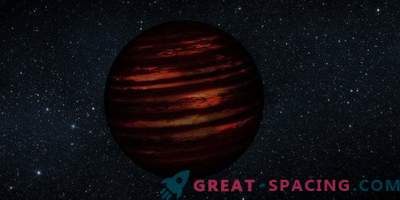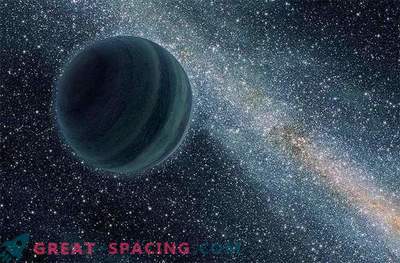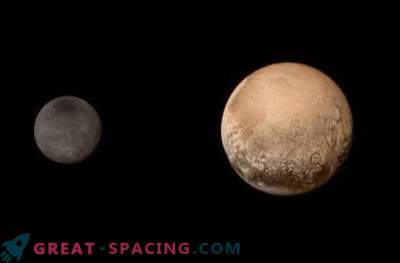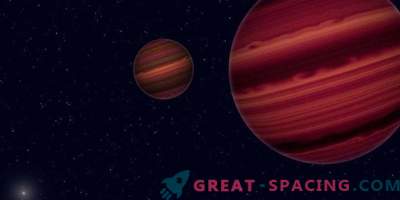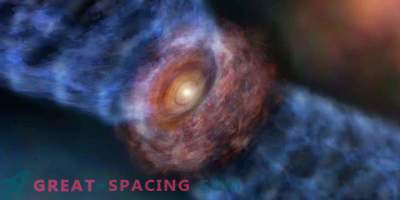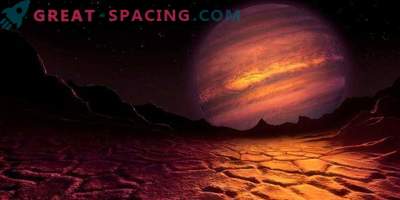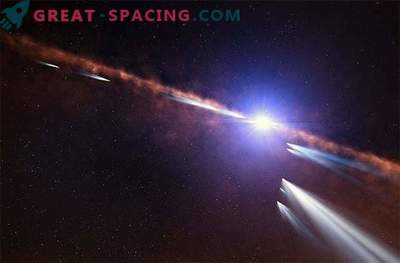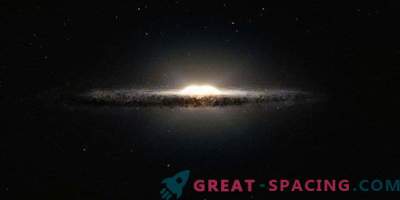
When it comes to exoplanets, appearances can be deceiving. Astronomers have found a new planet that seems almost identical to one of the most studied gas giant planets. But there is one important difference: the origin.
Stars are born in nurseries filled with gas and dust. They differ depending on the type. There may be brown dwarfs unable to generate their own energy, or massive stars completing their existence in a supernova explosion. During the period of activity, planets may form around them. As soon as a star nursery depletes its gas, the stars (with planets) leave their home and freely wander around the galaxy. Because of this, the researchers believe that there should be planets that appeared at the same time from a single nursery, but revolve around stars distant from each other.

Direct image of the 2MASS 0249 system acquired by an IR camera CFHT. 2MASS 0249s is in 2000 and. e. from brown dwarfs that are not visible in this image.
For the first time managed to find the case of "separated twins." One of the objects has long been known. This is Beta Painter b, whose mass reaches 13 Jupiter. She was found by direct visualization in 2009. The new object was called 2MASS 0249c, which converges in mass, brightness and spectrum with the previous world. Scientists have determined that the planets were born in a starry nursery. But the planets differ in the conditions of existence, namely the stars around which they rotate. Beta Painter b is located near the star, which is 10 times brighter than the Sun, and rotates at a distance of 9 a. e. 2MASS 0249c flies around a pair of brown dwarfs at a distance of 2000 a. e.

The IR spectra of 2MASS 0249c and Beta Painter's b are similar, as expected, for two objects with a similar mass and appearing in one star source. But the second planet orbits much closer to its star and is embedded in a bright circumstellar disk.
These are radically different conditions that hint at the fact that the planets were growing in different environments. The traditional pattern of gas giant formation could create the Beta Painter b. But the host star 2MASS 0249c did not have enough disk to create a gas giant. Most likely it appeared from a star cloud, as happens with brown dwarfs. Both objects are considered exoplanets, but 2MASS 0249c proves that such a simple classification may not accurately reflect reality.
The 2MASS 0249c system is an attractive target for future research. Most planets are close to their stars, which complicates the study. But the remoteness of a particular world allows you to understand its surface weather and composition.
